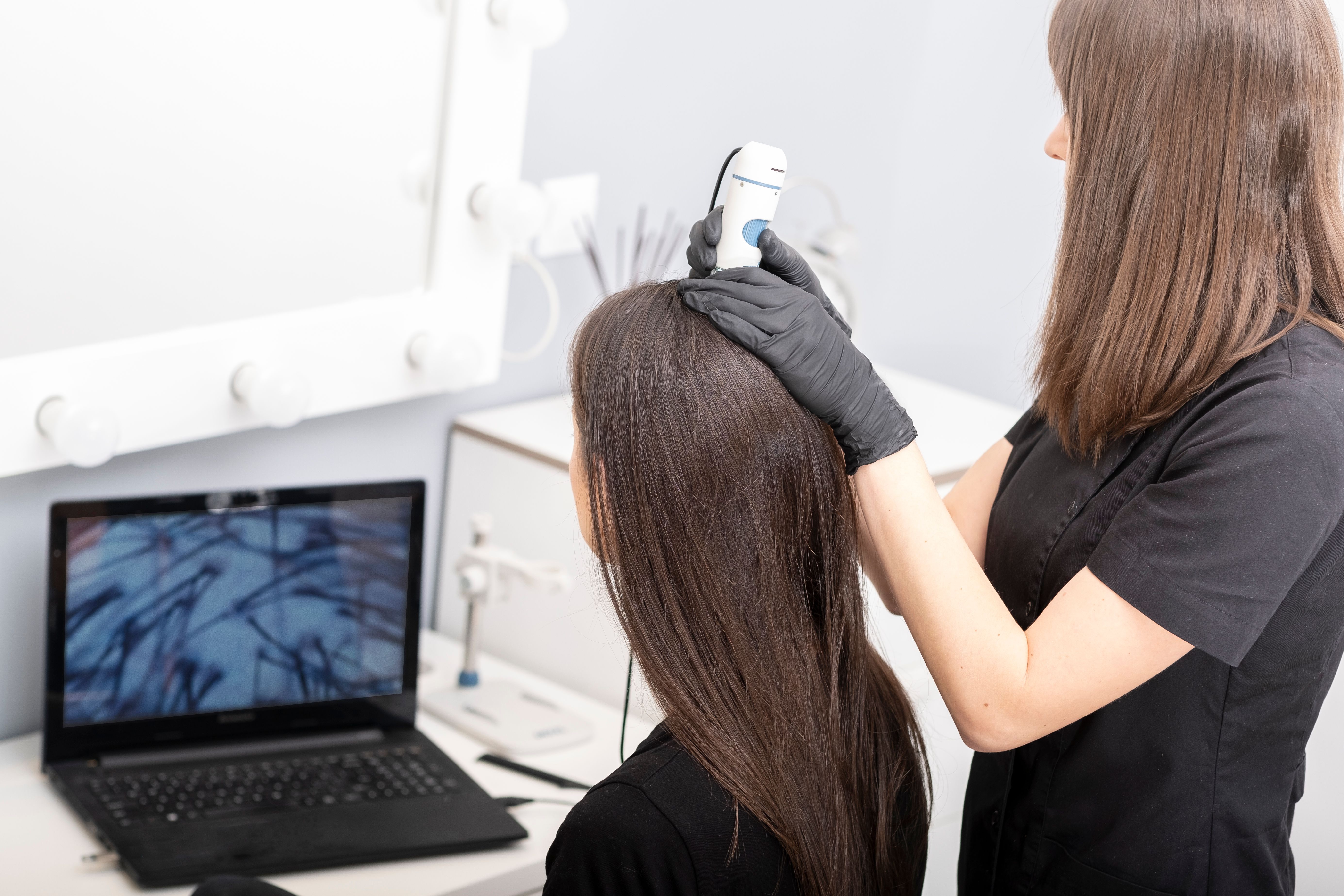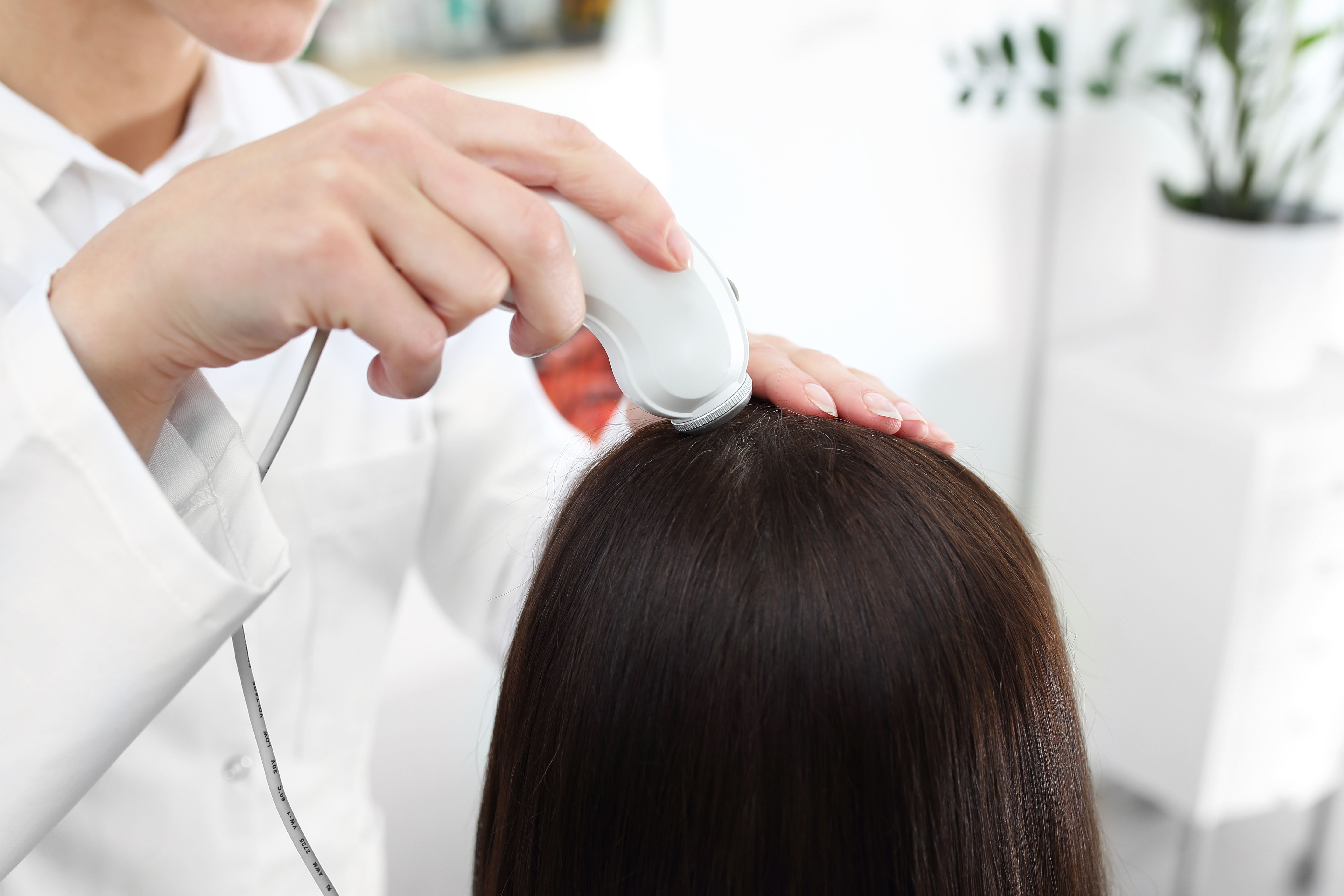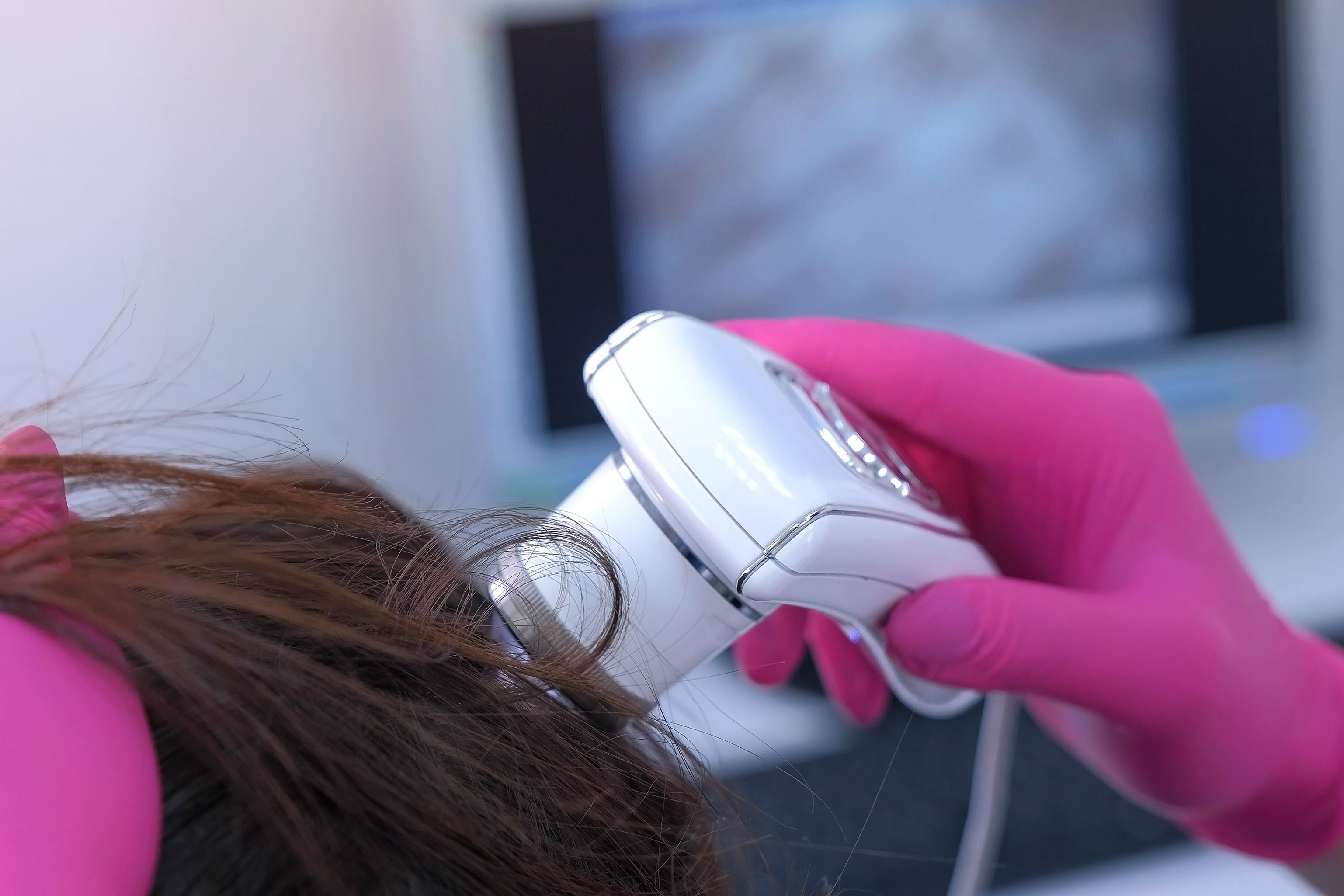AI in Hair Diagnostics: Insights from Trichologists
The Role of AI in Hair Diagnostics
Artificial Intelligence (AI) is revolutionizing various industries, and the field of trichology—specialists who study and treat hair and scalp issues—is no exception. The incorporation of AI in hair diagnostics offers promising advancements that can improve both the accuracy and efficiency of diagnosing hair conditions.
Traditionally, trichologists have relied on manual methods for diagnosing hair problems, which can be time-consuming and prone to human error. With AI, these professionals now have access to tools that can analyze complex data quickly and accurately. This technological advancement is transforming how trichologists approach hair health, allowing for more personalized treatment plans.

How AI Enhances Hair Analysis
AI algorithms are capable of analyzing thousands of data points from scalp images, making them a valuable asset in hair diagnostics. These algorithms can detect patterns and anomalies that may not be visible to the naked eye, providing trichologists with a deeper understanding of the underlying issues.
For instance, AI can assess hair density, follicle health, and scalp conditions with high precision. It can also differentiate between various types of hair loss, such as androgenetic alopecia or telogen effluvium, which is crucial for determining the most effective treatment options.

Benefits of AI in Hair Diagnostics
The integration of AI into trichology offers several benefits:
- Accuracy: AI provides more accurate diagnoses by minimizing human error and identifying subtle changes in hair health.
- Efficiency: AI tools speed up the diagnostic process, enabling trichologists to serve more clients effectively.
- Personalization: With detailed data analysis, treatment plans can be tailored to each individual's unique needs.
Challenges and Considerations
While AI offers numerous advantages, its implementation in hair diagnostics is not without challenges. One significant concern is the need for large datasets to train AI models effectively. Ensuring data privacy and security is also a critical issue that must be addressed to gain patient trust.
Moreover, the technology requires significant investment in terms of both time and resources. Trichologists must be adequately trained to interpret AI-generated data accurately. Despite these challenges, the potential benefits of AI in enhancing diagnostic capabilities make it a worthwhile endeavor.

The Future of Trichology with AI
As AI technology continues to advance, its role in trichology is expected to grow even further. Future developments may include real-time scalp monitoring and predictive analytics that anticipate hair health issues before they become problematic. This proactive approach could revolutionize how hair conditions are managed and treated.
Furthermore, as more data becomes available, AI models will become increasingly sophisticated, offering even greater insights into hair health. The collaboration between AI developers and trichologists will be essential in driving these innovations forward.
Conclusion
AI in hair diagnostics represents a significant leap forward for trichologists, providing them with powerful tools to enhance their practice. By improving the accuracy and efficiency of diagnoses, AI empowers professionals to offer better care to their clients. As the technology evolves, its potential to transform trichology will continue to unfold, making it an exciting field to watch.